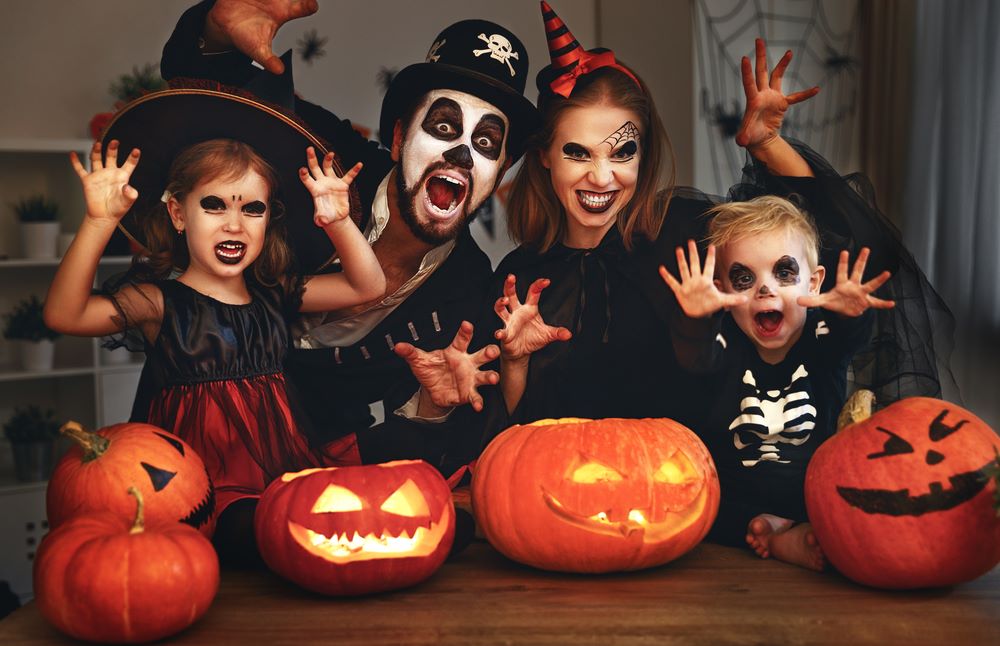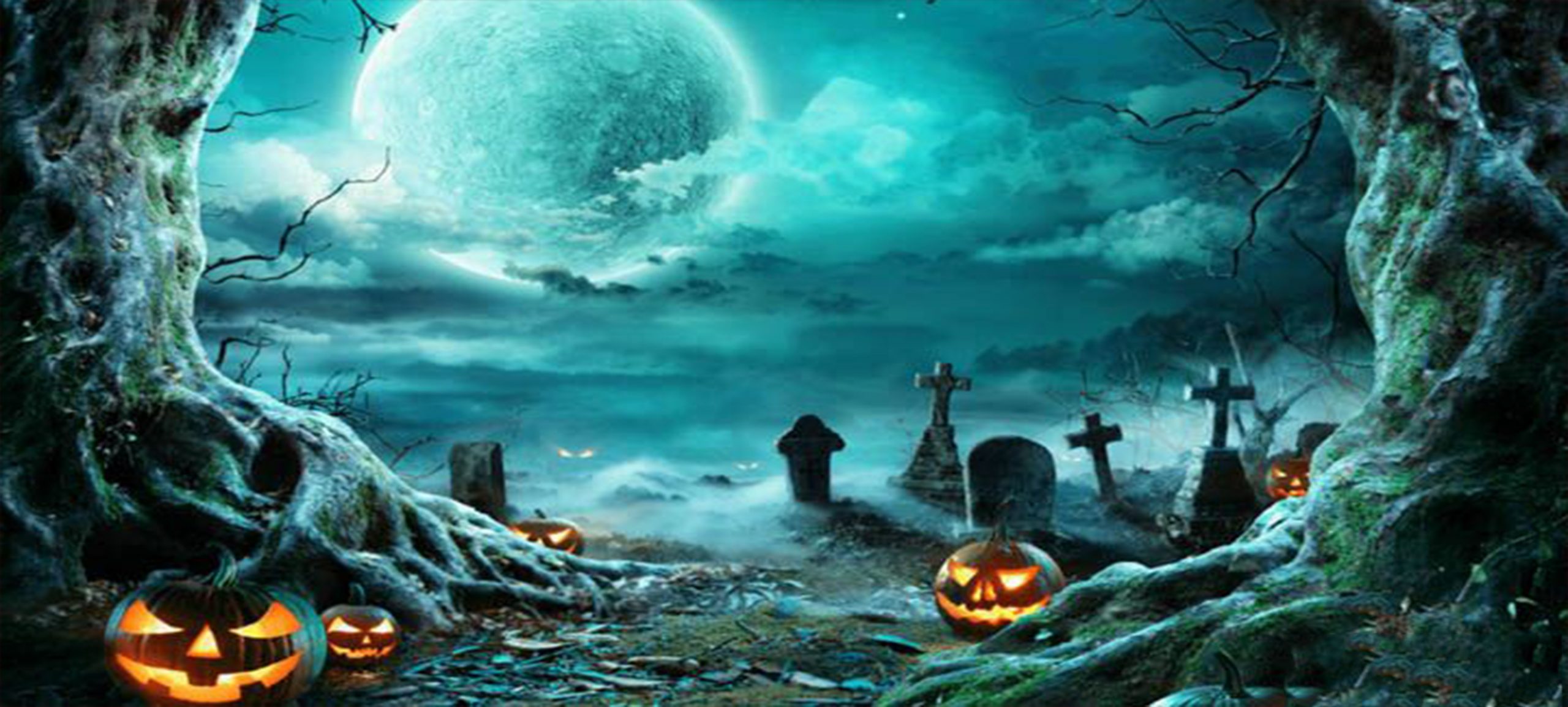Halloween is a holiday celebrated in many countries on the 31st of October each year. Its origin runs back to ancient Celtic Festivals of Samhain (pronounced sow-in), 2000 years ago. The word Halloween, is a contraction of All Hallows’ Eve, the evening before All Saints’ day which was the New Year of the Celts, who lived in that area. Now known as Ireland, the United Kingdom, and Northern France.
The end of the summer harvest and the beginning of the dark, cold winter were marked by this day and also it was that time of the year that was often associated with human death and diseases. Myths say that those who died during the year were supposed to travel to the otherworld and the spirits were expected to return to their homes during the Samhain Festival.
These prophecies were an essential source of relief during the long, dark winter for the people who depended on these unpredictable myths. They set bonfires on hilltops for relighting their hearth fires for the winter and to frighten away evil spirits, and they sometimes wore masks to avoid being recognized by the ghosts, thought to be present. It was in such instances that the day came to be correlated with beings like witches, hobgoblins, fairies, and demons.

Over the centuries, the nature of Halloween celebrations has changed. Today, Halloween is synonymous with children getting into spooky costumes and asking for ‘trick or treat’. Most of the ‘treat’ is some sort of candy or chocolate given to children and ‘trick’ refers to a threat if anything good is not given, usually an idle one. It is said that trick or treats is derived from ancient Irish and Scottish traditions.
In Ireland, people would put on costumes and go from door-to-door and singing songs to the dead. They receive cakes as a payment. The origin of pumpkin carving also goes back to an Irish myth. During Halloween, pumpkin carving into jack-o’-lanterns (the hollowed-out pumpkin, carved into a demonic face and lit with a candle inside) is a must-do activity and it must have been a great time to enjoy pumpkin carving with your family at home this year, amid the coronavirus pandemic.

On Halloween, to keep ghosts away from their houses, people would place bowls of food outside their homes to appease the ghosts and prevent them from attempting to enter. As Halloween has always been a holiday filled with mystery, magic, and superstition, people felt especially close to deceased relatives and friends. They set up places at the dinner table for these friendly spirits, left goodies on the doorsteps and along the side of the road, and lit candles to help the loved ones find their way back to the world of spirits.
But what about the Halloween traditions and beliefs that today’s trick-or-treaters have forgotten all about? Instead of the past, many of these obsolete traditions focused on the future and the living instead of the dead. Many, in particular, had to help young women find their future husbands and convince them that they would be married one day, with luck, by next Halloween. A matchmaking cook could bury a ring in her mashed potatoes on Halloween night in 18th-century Ireland, hoping to bring true love to the diner who found it.
Another tale had it that a young woman would dream of her future husband if she drank a sugar potion made of walnuts, hazelnuts, and nutmeg before bed on Halloween night. Other rituals were more competitive. At some Halloween parties, the first guest to find a burr on a chestnut-hunt would be the first to marry. At others, the first successful apple-bobber would be the first down the aisle.

Halloween parties are common among the youth. They dress up like supernatural beings, cartoon characters, celebrities, etc. and pull off harmless pranks on each other. The young crowd usually plans scavenger hunts, Halloween movie marathons, truth or dare games, tarot card reading, and what not which usually ends up with thrilling late-night DJ dance floors with an eerie twist. But this year due to the COVID-19 pandemic most of the Halloween parties were banned—at least not in the traditional sense.
All Hallows’ Eve virtual and socially distanced Halloween parties were organized with the intention of next year’s hopeful return to traditional parties. Halloween is as much fun to scare as to be scared. Whether you’re a true believer in the supernatural or a hardened skeptic, you’ll find something spine-tingling in that time of the year full of spectres, zombies, and all things strange and spooky.
Written by; Rtr. Hasini Wijayasantha



I love the way this was explained and written with a good flow. It was a super interesting read and a knowledgeable one. Good work Ms. Hasini. 😁